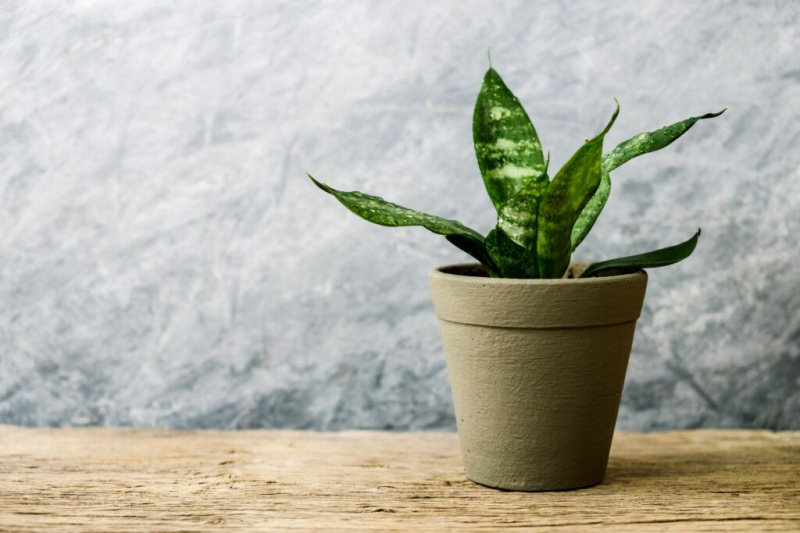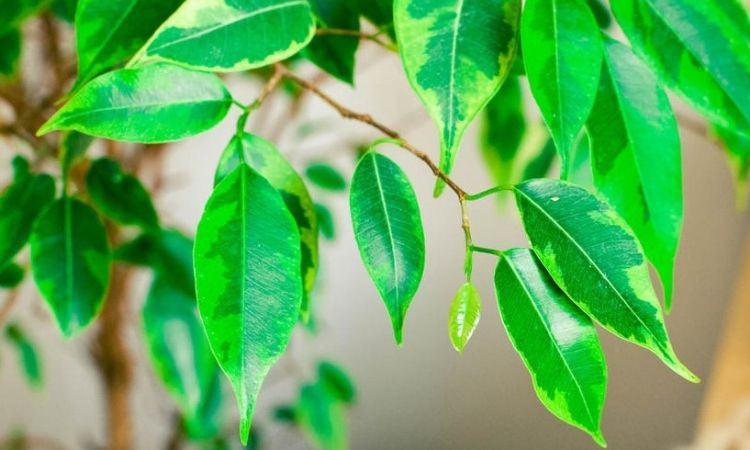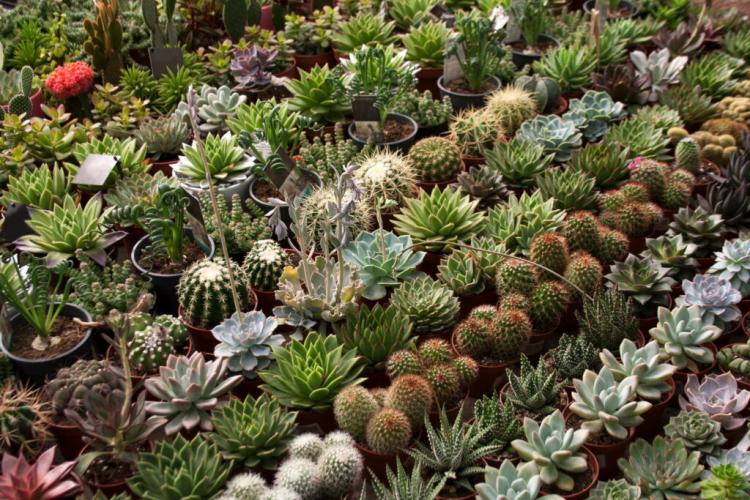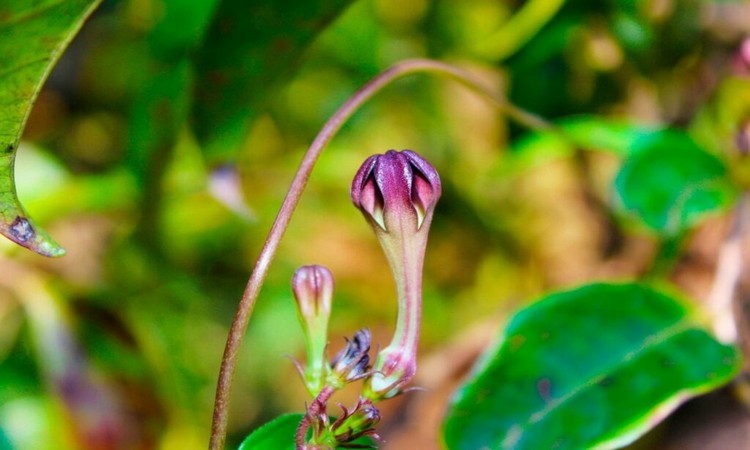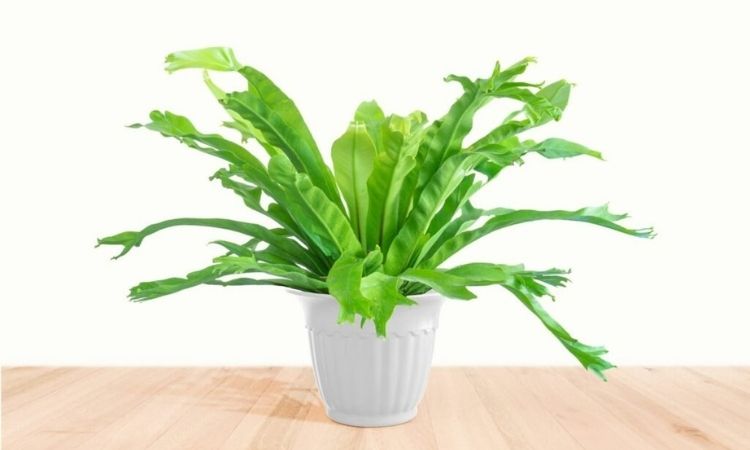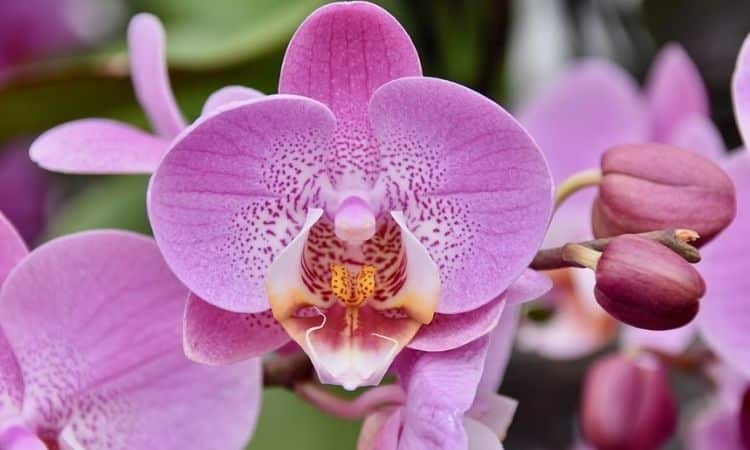Sansevieria Trifasciata (Bow Hemp): Expert Tips On Fertilizing And Repotting
So that you can enjoy your green roommate in the long term, he should be given the right care. Here you can find out how to properly care for Sansevieria trifasciata.
The Bow Hemp (Sansevieria trifasciata) is easy to care for, which makes it a wonderful houseplant. Even if you are often out and about and only rarely at home, you do not have to worry about him. Bow hemp can withstand little care. We have summarized the most important things here so that you know how to proceed.
Too much, the bow hemp doesn’t like that at all. As a minimalist, he is a real trendsetter because the modern principle applies to him: less is more. Regardless of the species, you create the best environment for bow hemp by making it inhospitable: Little water, little fertilizer, lots of suns. However, bow hemp has no objection to a little summer freshness in the open air in a sunny and dry place.
Pour Sansevieria trifasciata
Table of Contents
The subject of watering is relaxed with Sansevieria trifasciata. From his home in the semi-deserts and dry savannas of Africa and Asia, he is used to longer dry seasons. The advantage of this is that if you forget about it, it won’t immediately resent you. You can usually water the plant about every two weeks, but please don’t water it too generously. Let the soil dry well before the next watering. In winter, when the plant has a little less light available, you should also give the plant less water. At this time of year, you can water once a month without a guilty conscience. The amount of water can also be reduced.
Fertilize Sansevieria trifasciata
Too much fertilizer does more harm than good to the bow hemp. He prefers it to be low in nutrients. If the plant has just been reported in the new substrate, it will not need fertilizer again until the next year. Commercially available liquid fertilizer for cacti, which you can add to the irrigation water, is ideally suited. Organic indoor and green plant fertilizer is also a good choice for Sansevieria trifasciata. However, it is sufficient if you only use half as much as stated on the packaging. In general, you should only fertilize during the summer half-year, i.e. in the period from mid-March to the end of August.
You might so like: Watering Bonsai: How Much And How Often To Water The Small Tree?
Repot bow hemp
Due to its slow growth, the bow hemp only needs to be repotted every few years. But if its strong roots want more space, then they can certainly blow up their pot. In this case, the signal is clear: the bow hemp wants to be repotted. It is best to do this in early spring before the plant starts the new season. When choosing the pot, make sure there is a drainage hole in the bottom of the pot. To improve the drainage effect, you can put a few pottery shards in the bottom of the pot. Then add a little of the substrate mixture before you put the plant in the pot. Now all you have to do is fill the pot with the substrate, lightly press the soil, and water the plant a little.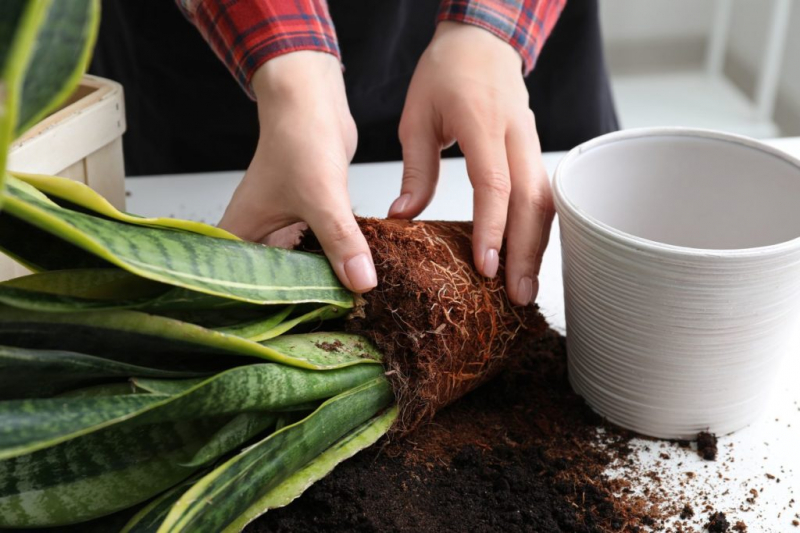
Maintaining bow hemp: the right soil
Bow hemp lives naturally on sandy and dry soils that contain few nutrients. Simple cactus soil is therefore suitable as a substrate. Or you can mix equal parts of sand and organic universal soil. The main thing is that the substrate is not too rich in nutrients and well-drained water. Bow hemp prefers a pH value in the neutral or slightly acidic range, i.e. between 6.0 and 7.0.
